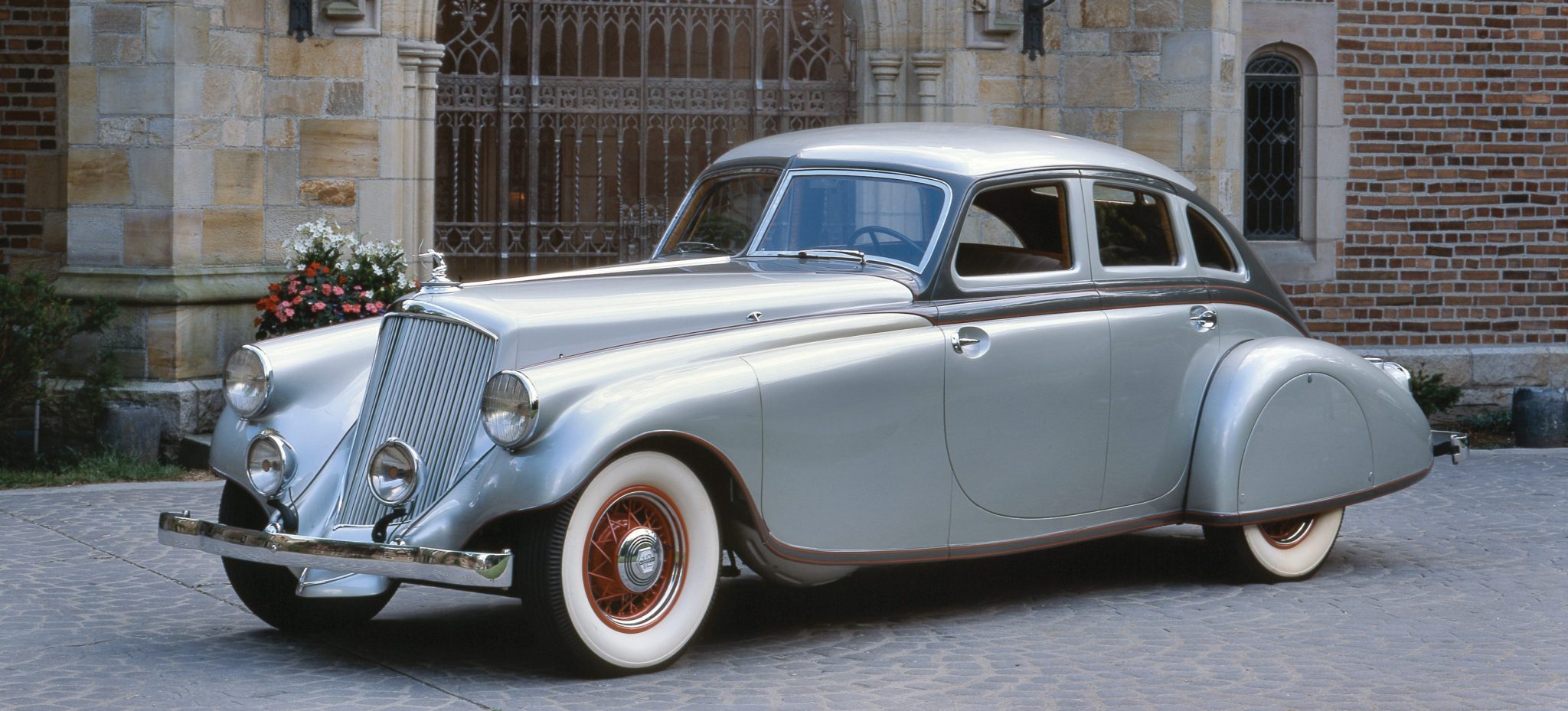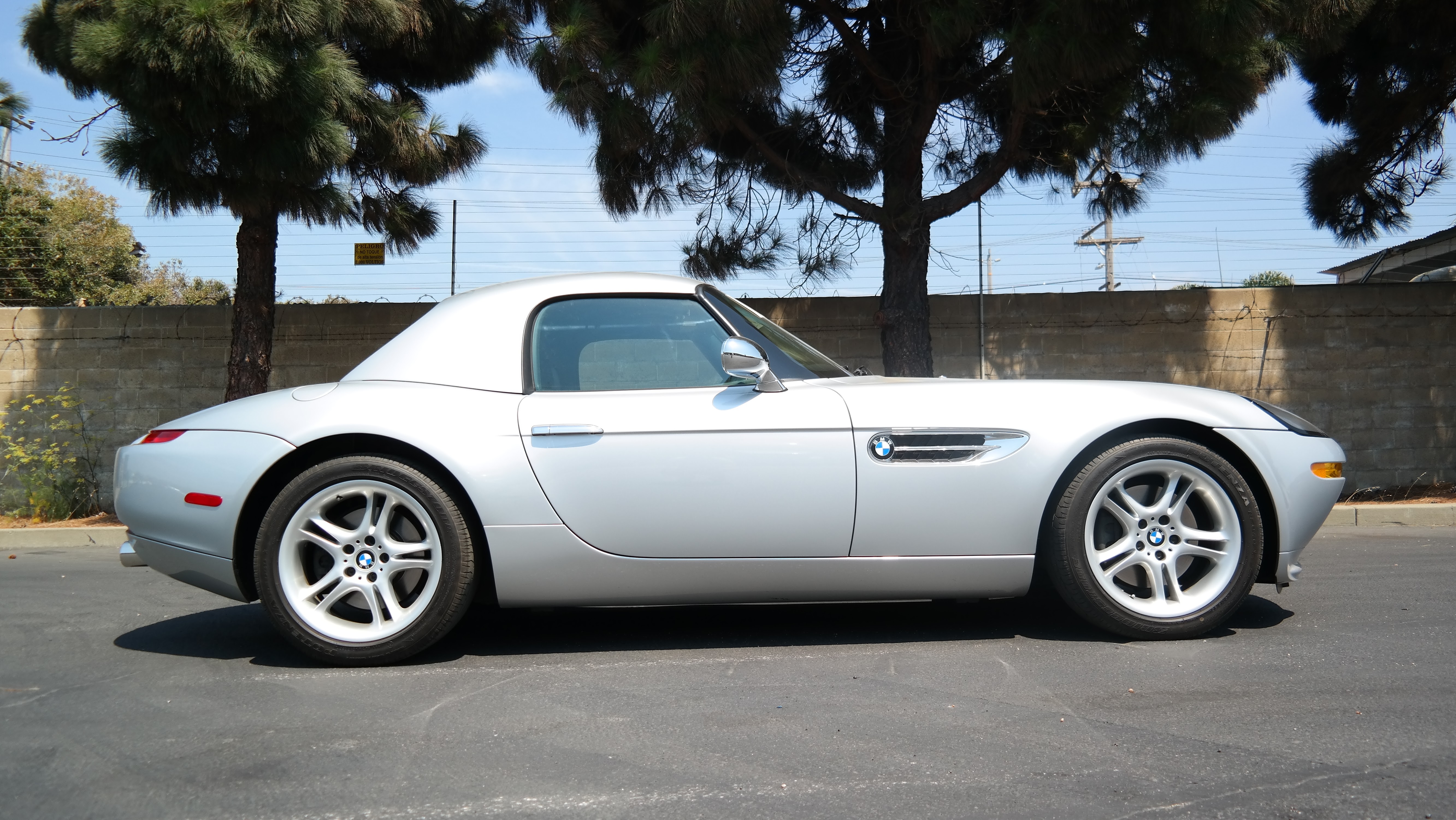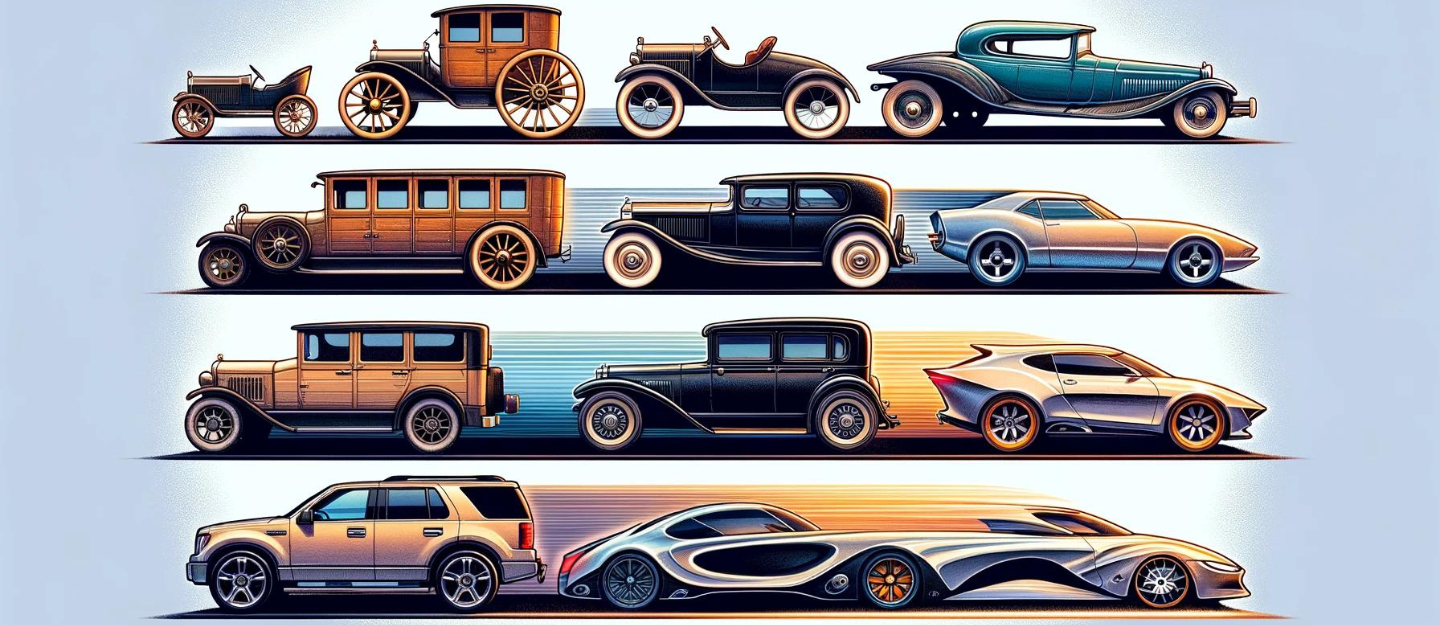Automotive design is a dynamic art form that reflects the spirit of its time, capturing cultural shifts, technological advancements, and stylistic trends. Classic cars, with their timeless allure, provide a fascinating lens through which to trace the evolution of automotive design across the decades. In this exploration, we’ll journey through the defining characteristics of classic cars from different eras, highlighting the aesthetic nuances that make each decade unique.
The Roaring Twenties: Art Deco Elegance

The 1920s marked the advent of mass-produced automobiles, and Art Deco influences permeated the design landscape. Classic cars from this era, such as the luxurious Duesenberg Model J, boasted sweeping curves, ornate details, and lavish interiors. The emphasis on elegance and craftsmanship reflected the opulence of the Jazz Age.
Streamlined Sophistication of the 1930s

As the world grappled with the Great Depression, automotive design in the 1930s embraced streamlined forms and aerodynamic principles. Cars like the 1936 Bugatti Type 57SC Atlantic showcased a marriage of form and function, with sleek bodies and innovative engineering that hinted at a brighter, more optimistic future.
Post-War Optimism: The 1950s Fins and Chrome

The post-World War II era brought a surge of optimism and technological innovation, evident in the flamboyant designs of the 1950s. Cars like the 1957 Chevrolet Bel Air and Cadillac Eldorado featured distinctive tailfins, chrome accents, and bold color schemes, symbolizing a newfound sense of freedom and prosperity.
Space Age Modernity in the 1960s

The 1960s witnessed a convergence of automotive design with the Space Age. Clean lines, geometric shapes, and futuristic aesthetics defined classics like the Ford Mustang and Chevrolet Camaro. Muscle cars emerged, embodying a fusion of power and style that resonated with the cultural shifts of the era.
The Oil Crisis and Compact Efficiency of the 1970s

The oil crisis of the 1970s prompted a shift towards smaller, more fuel-efficient cars. Designers focused on aerodynamics and efficiency, giving rise to compact models like the Volkswagen Golf and Honda Civic. Functionality became a key element, and design evolved to address the changing priorities of consumers.
Retro Revival in the 1980s and 1990s

In the 1980s and 1990s, a wave of nostalgia swept through automotive design. Retro-inspired models like the Volkswagen New Beetle and Ford Thunderbird paid homage to classic aesthetics while incorporating modern features. This era marked a blend of vintage charm with contemporary engineering.
Sleek Minimalism of the 2000s

The 2000s witnessed a departure from excess, with automotive design embracing sleek minimalism. Models like the Audi TT and BMW Z4 showcased clean lines, simple shapes, and a focus on aerodynamics. Technology integration became a central theme, with a shift towards digital interfaces and advanced safety features.
2010s and Beyond: Sustainable Innovation

In recent years, automotive design has been heavily influenced by environmental concerns and sustainability. Electric and hybrid vehicles, such as the Tesla Model S, represent a departure from traditional combustion engines. Designers prioritize efficiency, eco-friendly materials, and cutting-edge technology to shape the future of classic cars.
Conclusion

Classic cars are not merely modes of transportation; they are artistic expressions that mirror the spirit of their respective eras. From the opulence of the Art Deco era to the streamlined sophistication of the 1930s, the flamboyance of the 1950s, and the futuristic designs of the 1960s, each decade has left an indelible mark on automotive design. As we move into the future, the evolving landscape of classic cars continues to reflect our changing values and aspirations, creating a timeless tapestry that connects the past, present, and future of automotive design. Hemmings, a prominent platform for classic car enthusiasts, plays a crucial role in preserving and celebrating the rich history of these automotive treasures. Through its extensive coverage and community engagement, Hemmings becomes an integral part of the narrative, ensuring that the legacy of classic cars endures for generations to come.


